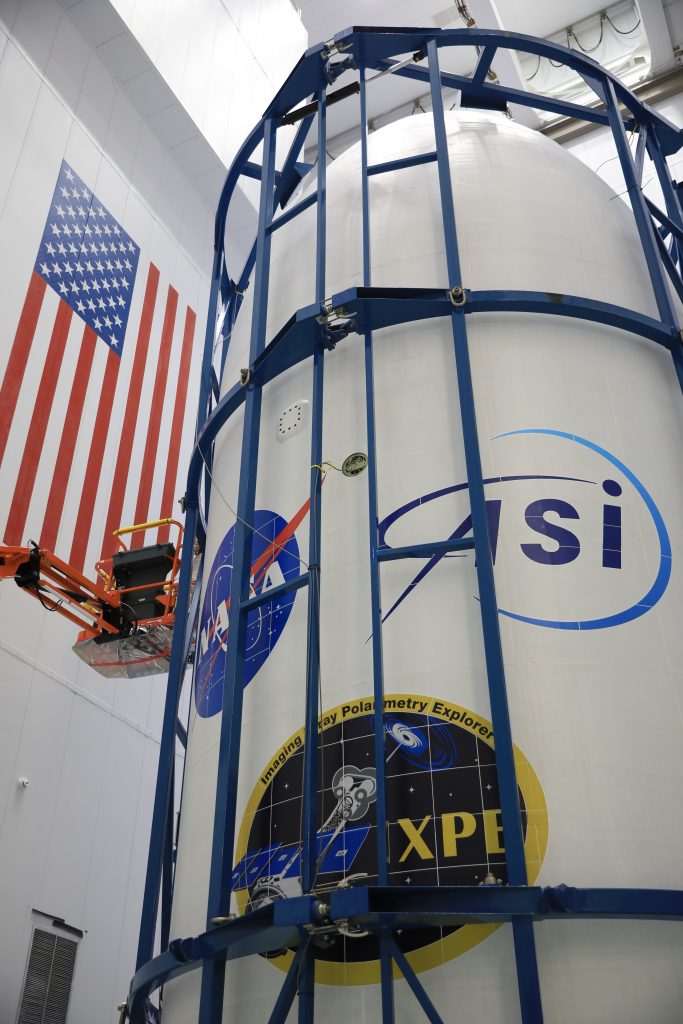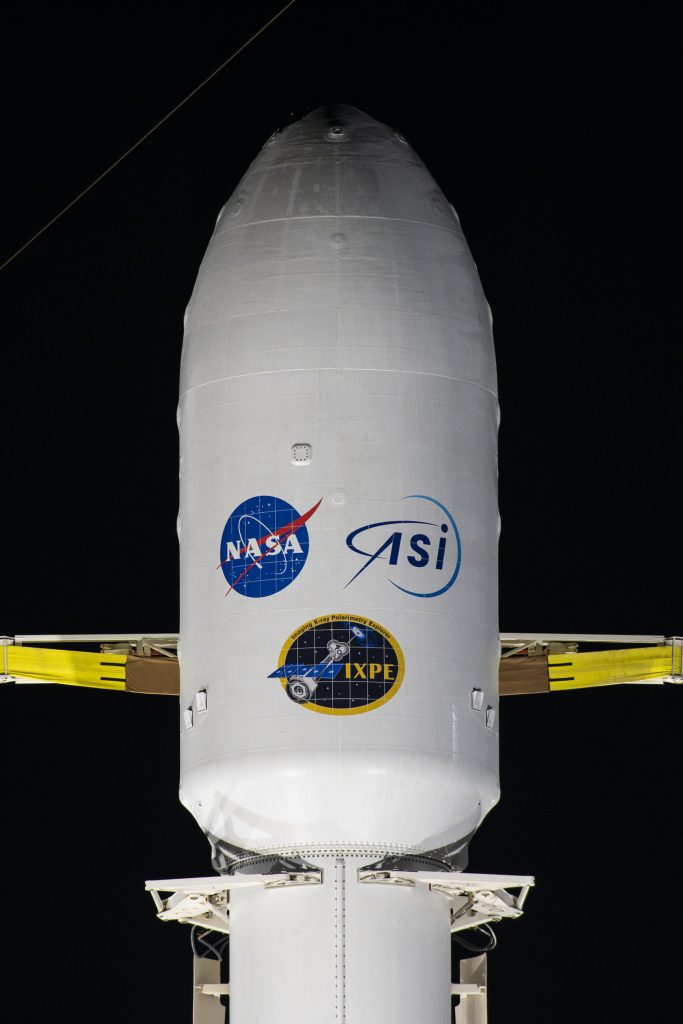
NASA’s Imaging X-Ray Polarimetry Explorer (IXPE) mission sounds cool, and even has a catchy name. But what is IXPE’s goal and how did the project come about? Here is a more in-depth look at IXPE, NASA’s first satellite dedicated to measuring X-ray polarization.
IXPE is going to explore some of the most extreme and mysterious objects in the universe – including black holes and pulsars – and the X-rays they emit. It is the first mission that will map the polarization of many of these objects.
IXPE carries three state-of-the-art space telescopes with special polarization-sensitive detectors. Polarization is a property of light that holds clues to the environment from which the light originates. By providing the first-ever dedicated look at polarized X-rays, IXPE will help us discover the secrets of some of the most extreme cosmic objects of the universe: the remnants of supernova explosions, neutron stars and black holes in our galaxy, and super massive black holes at the centers of galaxies.
NASA selected IXPE as a Small Explorer mission in 2017. The IXPE project is a collaboration between NASA and the Italian Space Agency. NASA’s Marshall Space Flight Center in Huntsville, Alabama manages the IXPE mission. Ball Aerospace, headquartered in Broomfield, Colorado, manages spacecraft operations with support from the University of Colorado at Boulder.
NASA’s Goddard Space Flight Center in Greenbelt, Maryland, manages the Explorers Program for the agency’s Science Mission Directorate in Washington.
Stay right here for continuing blog coverage of Thursday’s 1 a.m. EST launch of IXPE from Space Launch Complex 39A at NASA’s Kennedy Space Center in Florida.

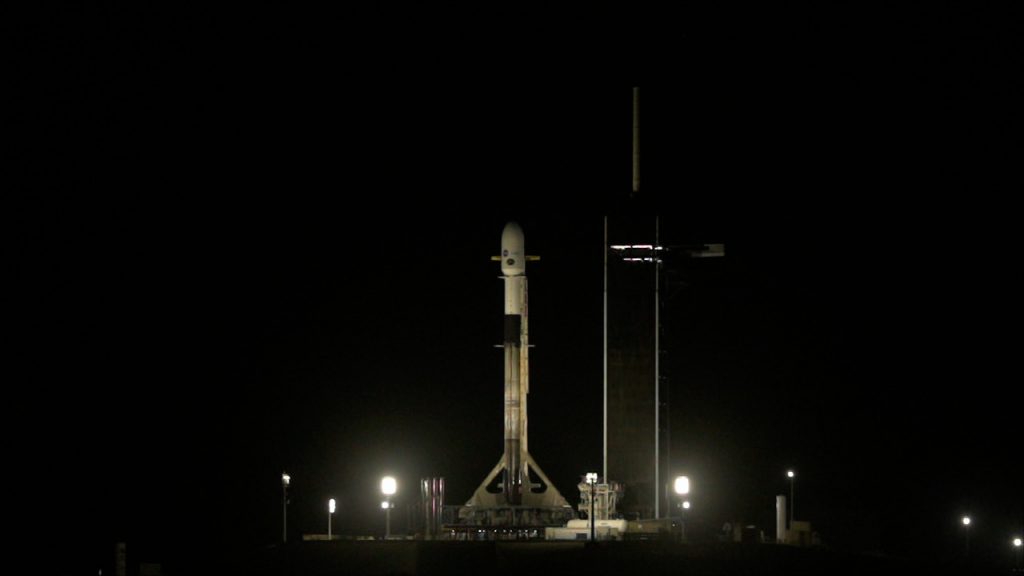
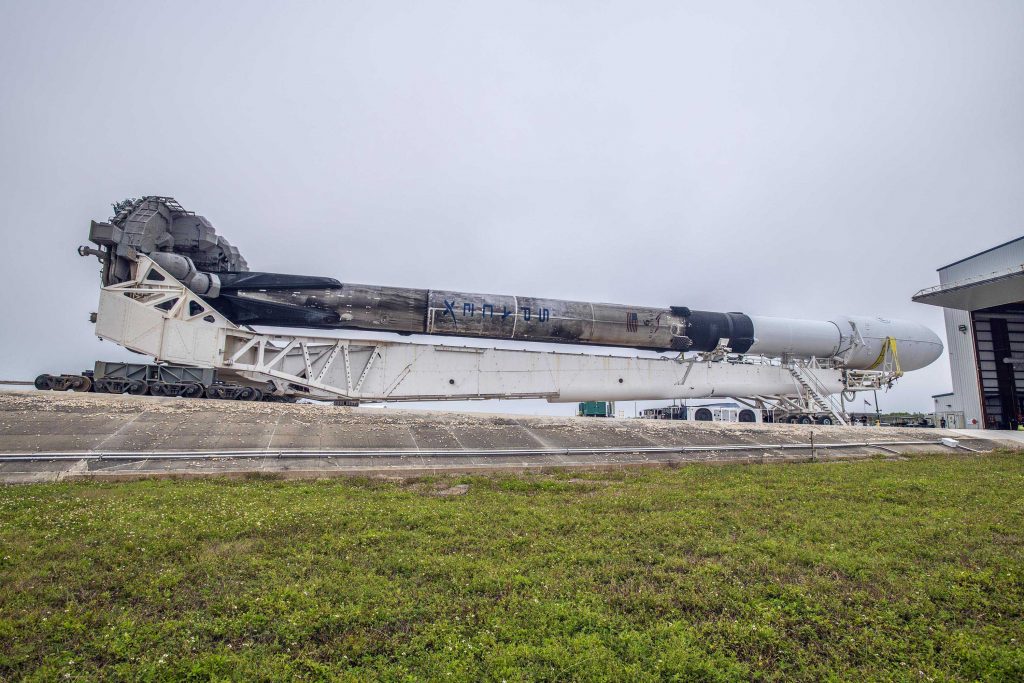
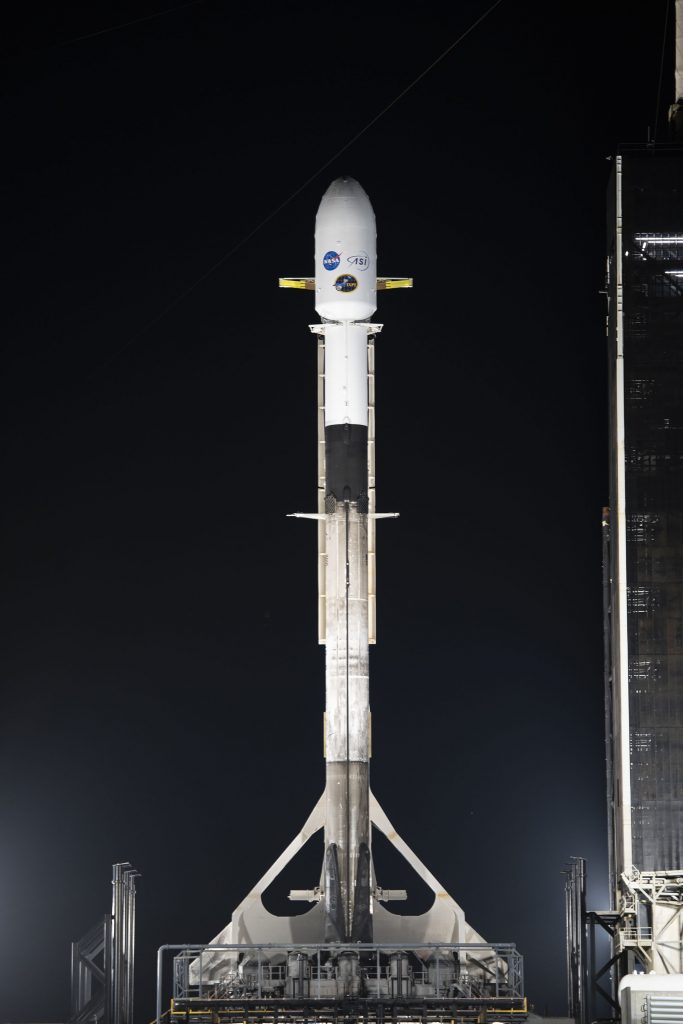
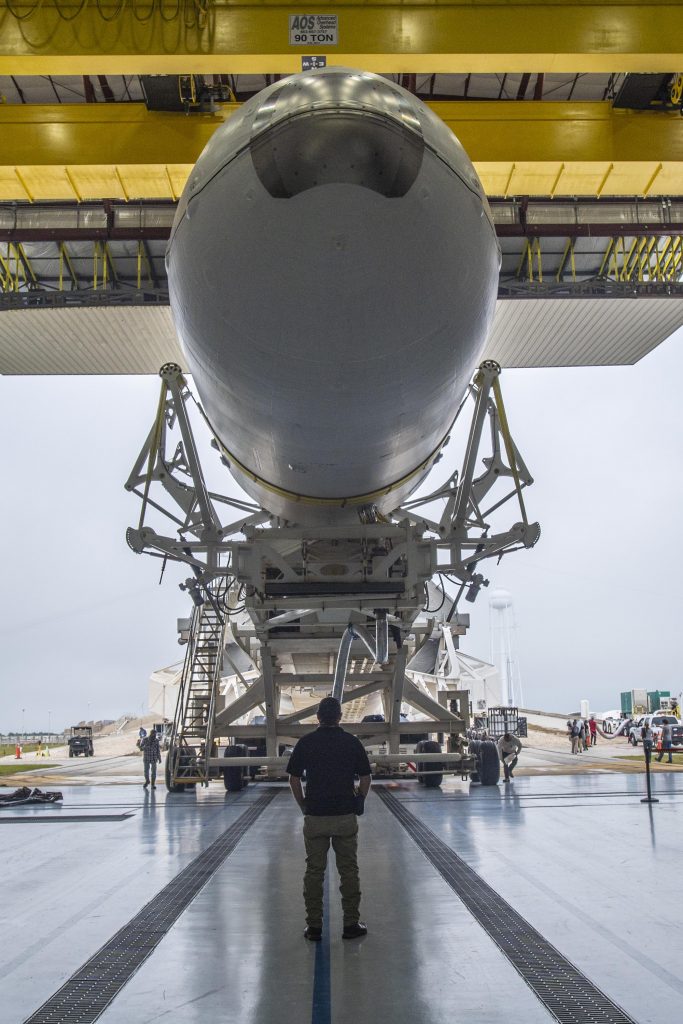
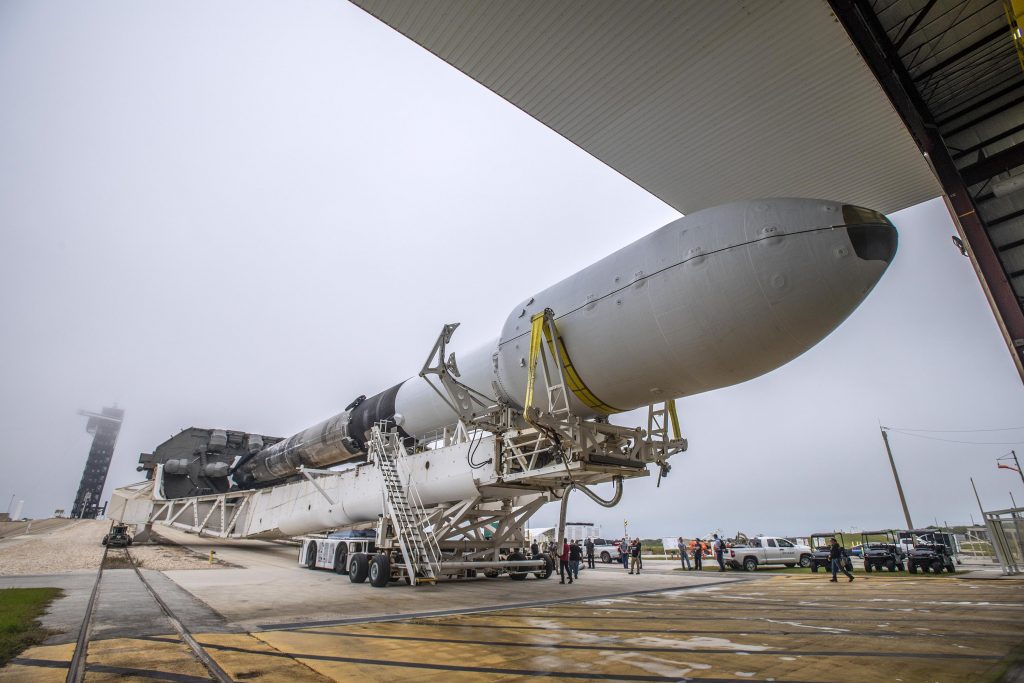
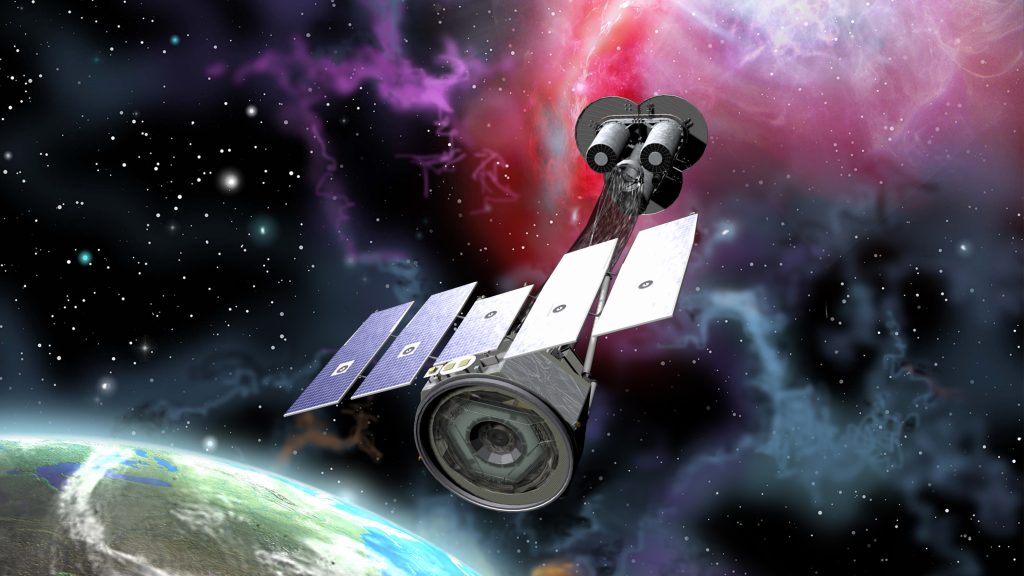
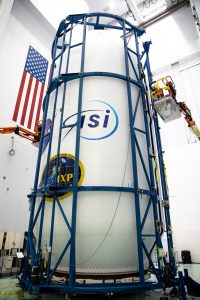
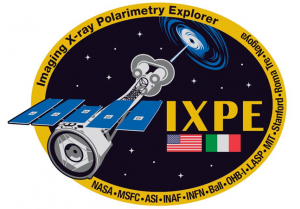 IXPE is scheduled to launch aboard a SpaceX Falcon 9 rocket from Kennedy Space Center’s Launch Complex 39A on Dec. 9, 2021, at 1 a.m. EST. IXPE will study the polarization of X-rays coming to us from some of the universe’s most extreme sources, including black holes and dead stars known as pulsars.
IXPE is scheduled to launch aboard a SpaceX Falcon 9 rocket from Kennedy Space Center’s Launch Complex 39A on Dec. 9, 2021, at 1 a.m. EST. IXPE will study the polarization of X-rays coming to us from some of the universe’s most extreme sources, including black holes and dead stars known as pulsars.